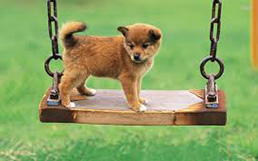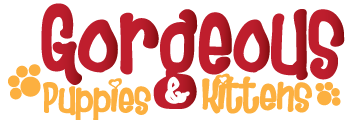Shiba Inu Puppies for Sale Miami

With the purchase of your puppy:
- 14 days of warranty
- 1 year warranty
- Health Certificate
- Deworming
- Shots- to date
- 1st Vet Visit
- Registration Papers
- Dog Training
The Shiba Inu (柴犬) is the smallest of the six original and distinct spitz breeds of dog from Japan.
A small, agile dog that copes very well with mountainous terrain, the Shiba Inu was originally bred for hunting. It is similar in appearance to the Akita, though much smaller in stature. It is one of the few ancient dog breeds still in existence in the world today.
Appearance
The Shiba’s frame is compact with well-developed muscles. Males are 141⁄2 inches to 161⁄2 inches (35–43 cm) at withers. Females are 131⁄2 inches to 151⁄2 inches (33–41 cm). The preferred size is the middle of the range for each sex. Average weight at preferred size is approximately 23 pounds (10 kg) for males, 17 pounds (8 kg) for females. Bone is moderate.
Coat: Double coated with the outer coat being stiff and straight and the undercoat soft and thick. Fur is short and even on the fox-like face, ears, and legs. Guard hairs stand off the body are about 11⁄2 to 2 inches long at the withers. Tail hair is slightly longer and stands open in a brush. Shibas may be red, black and tan, or sesame (red with black-tipped hairs), with a cream, buff, or grey undercoat. They may also be white (cream), though this color is considered a “major fault” by the American Kennel Club and should never be intentionally bred in a show dog, as the required markings known as “urajiro” (裏白) are not visible; “Urajiro” literally translates to “underside white”. Conversely, a white (cream) coat is perfectly acceptable according to the British Kennel Club breed standard.
The urajiro (cream to white ventral color) is required in the following areas on all coat colors: on the sides of the muzzle, on the cheeks, inside the ears, on the underjaw and upper throat inside of legs, on the abdomen, around the vent and the ventral side of the tail. On reds: commonly on the throat, forechest, and chest. On blacks and sesames: commonly as a triangular mark on both sides of the forechest.
Temperament
Sometimes,the Shiba tends to show dog aggression. This is more prevalent between female Shibas and is influenced by the breed’s strong prey drive. The Shiba Inu is best in a home without other small dogs or young children, but consistent obedience training and early socialization can make all the difference. The breed also interacts fairly well with cats.
Wikipedia
